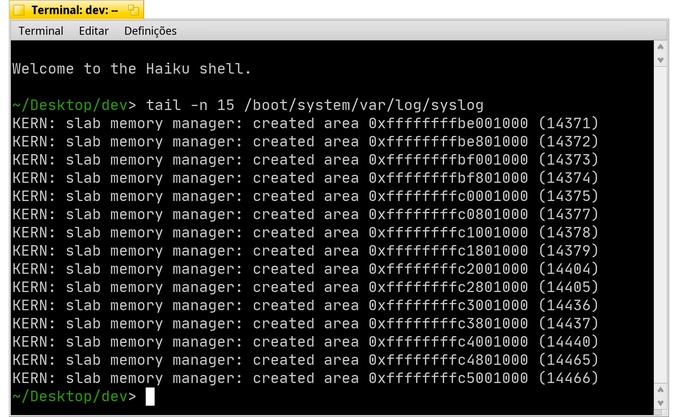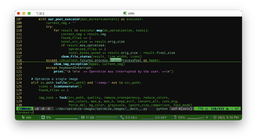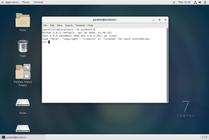
Converting Base64 strings to files without writing code
I recently stumbled upon a situation where I needed to quickly convert a Base64 string coming from a web api and save it into a file in disk in order to inspect its contents. Sure, I could have spun up a small program in C# or Python. But honestly, that felt like an overkill for what was essentially a one-off task. In the past I had used an online Base64 converter for a similar task, so it crossed my mind, but sharing potentially sensitive data with unknown third-party services didn’t feel right. So, I searched for an alternative. Surely, there had to be an simpler, more direct solution.
Reading time: 3 minutes











